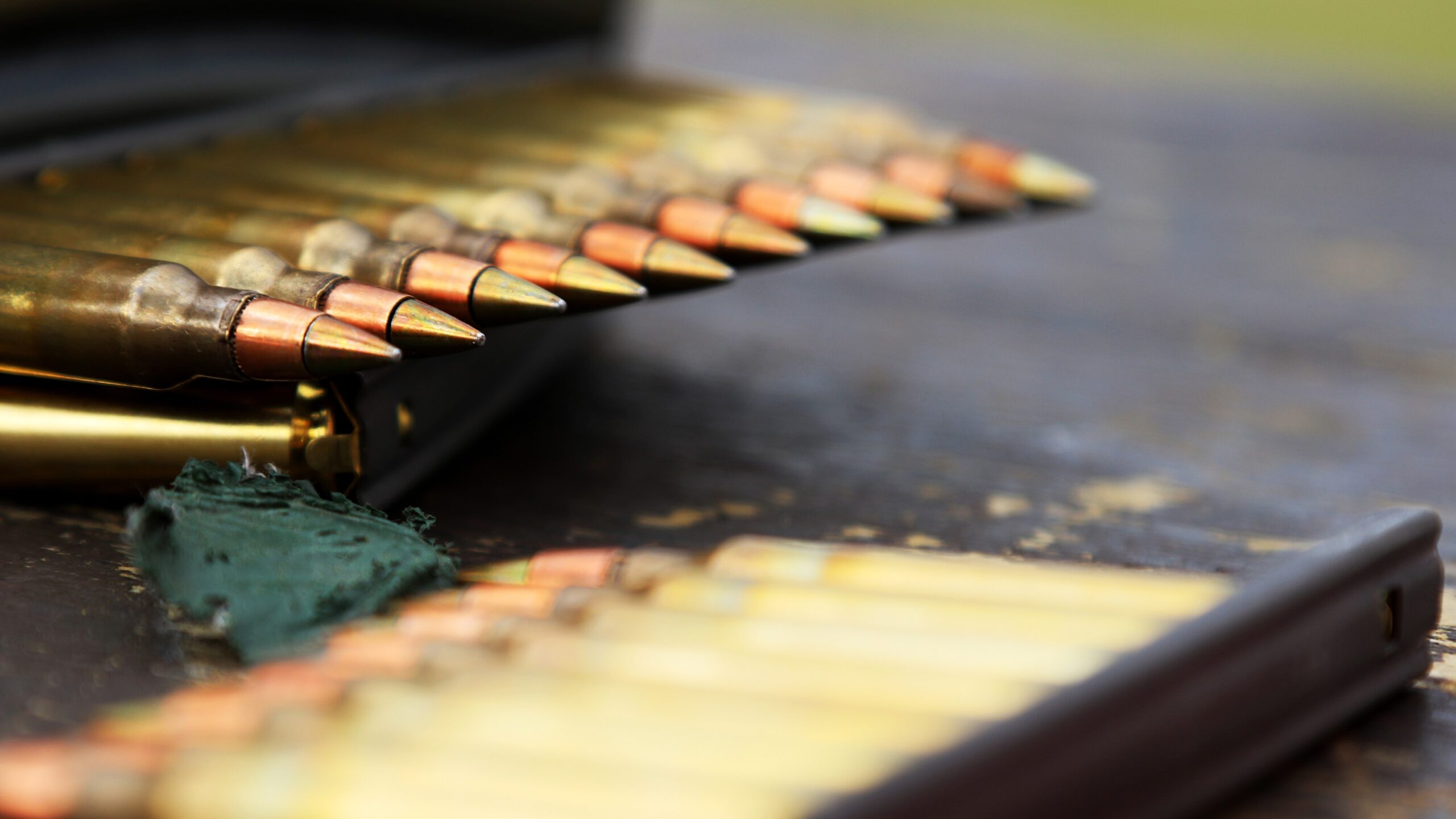
The Army has a new rifle design, but making sure there is enough ammunition will be key. (U.S. Army Reserve/Michelle Lunato)
WASHINGTON: With the US Army’s selection of Sig Sauer to provide close-combat forces with new rifles, service planners can finally begin tackling a major challenge for getting the weapons into the field: building up enough ammunition.
The contract award for Sig Sauer, announced last night, covers production of a new rifle dubbed the XM5, replacing the M4A1, and a new automatic rifle, the XM250, replacing the M249 Squad Automatic Weapon. Both weapons will use 6.8 millimeter ammunition, instead of the 5.56mm and 7.62mm rounds currently used by Army weapons.
While both the legacy rounds have significant stockpiles built up over the years, getting ammunition levels to where they need to be is a “daunting, dauting indeed,” challenge, Brig. Gen. William M. Boruff, joint program executive officer for armaments and ammunition, said during a media briefing at the Pentagon.
“Current ammunition is such that the availability is almost an afterthought. You go to the supply point, you pick up your ammunition and you go out to the range and you fire your” weapon, Boruff said. “This is because the Army has spent decades refining its process to ensure a sufficient inventory of 5.56 ammunition is available and the industry base is present to continue replenishing on a consistent basis.
“Now consider preparing a new weapon fielding, starting with absolute zero inventory and the industrial base being established,” he continued. “The Army has not introduced a new caliber for about 65 years … Doing so will require extensive coordination with the stakeholders across the enterprise to develop combat and training requirements, production capability as well as budgeting for procurement.”
Getting the ammunition stockpiles up and running will be a two-handed job, with both Sig Sauer and the Lake City Army Ammunition Plant having to coordinate efforts. Already, Lake City has provided some projectiles for Sig Sauer and the other competitors for testing during the prototype phase, so there is some production already underway. But more investment is needed — and with the competition now complete, work can begin soon, Boruff said.
At Lake City, the Army is “going to build an interim capability for full cartridges by modifying some of the existing equipment and floor space while a new building is being constructed to provide the necessary and enduring capability,” Boruff said.
As to why the Army decided to switch to the new kind of ammunition, when it had plenty of the older rounds at hand, Boruff said it was all about capability.
“The key combat cartridge for the system leverages the technology successfully demonstrated in various small caliber improvements. It builds upon the Enhanced Performance Round, the EPR, in our current 5.56 inventory, and enhancements in other calibers to address a broad spectrum of targets. Soldier feedback has been very positive on the 5.56 EPR, again the extended Enhanced Performance Round, and the cartridge introduction since 2010,” Boruff said.
“However, the current 5.56 cartridge has been maxed out from the performance perspective. The new weapon with this increased operating pressure and size allows the army to significantly increase the performance capability of the ammunition. These advances allow soldiers at the squad level to deliver improved target defeat at higher energies to advance threats at extended ranges.”
Overall, the contract for Sig Sauer covers 10 years — really a series of one-year ordering period — with a max ceiling value of $4.7 billion. The Army expects to procure up to 250,000 rifles during that period, but there is wiggle room for additional customers — if, for example, the US Marines or other nations express interest.
Sullivan: Defense industry ‘still underestimating’ global need for munitions
National Security Advisor Jake Sullivan said that there are “no plans” for another Ukraine supplemental at this point.


























